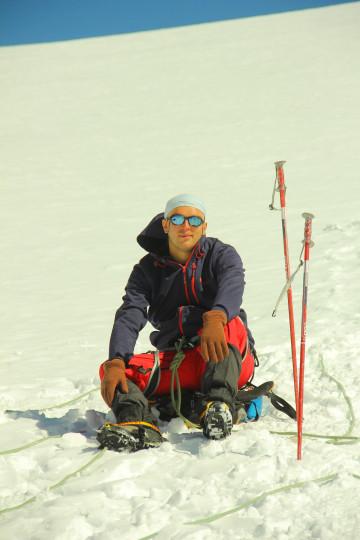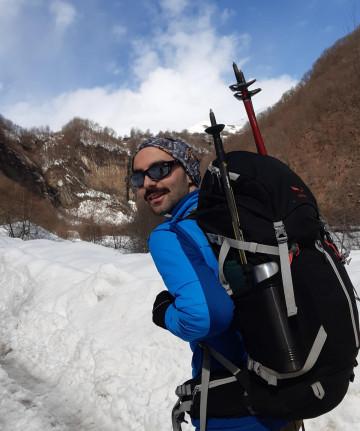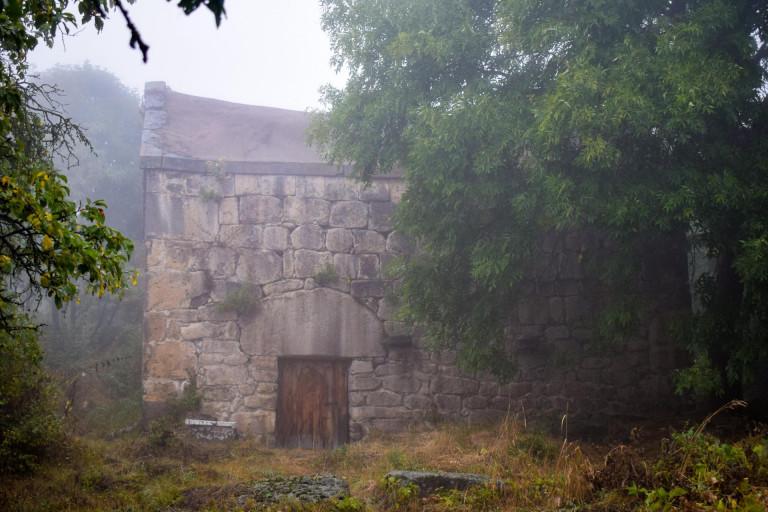
Help other travelers use your experience.
Review this destination, share your thoughts, impressions, pros and cons.
Let's make traveling easier than ever.
Dmanisi Municipality is located in Kvemo Kartli. The traces of human life in the area date back to ancient times. The first Europeans, Zeza and Mzia, lived here 1.8 million years ago. Late Bronze-Early Iron Age archeological layers have also been discovered in Dmanisi. Near the village of Karabulakhi there are also the Zurtaketi Kurgans, which belong to Trialeti culture and are unique in their petroglyphs. In historical sources Dmanisi is first mentioned in the VI century. According to Vakhushti Batonishvili, the name "Dmanisi" must be the same as "Dbanisi" and in his opinion it is generated from Daba(settlement) or Dabas(settlements). Dmanisi Municipality covers the territories of historical regions - Zurtaketi and Dmaniskhevi. In the developed Middle Ages it was royal property. Dmanisi, along with the whole of Kvemo Kartli, was under the domination of various conquerors for a long time, nevertheless, the economy and culture were rapidly reviving and many monuments of historical and cultural significance remained in the area. Dmanisi became a separate district in 1933. Nowadays, there are operating theatre, 21 libraries in the municipality. The local newspaper comes out as well. Agriculture and food industry are developed in the region. The leading fields are potato planting and stockbreeding. Wheat, corn and vegetables are also harvested. Dmanisi region attracts many tourists with its abundance of natural and historical monuments. The beautiful surroundings, small lakes, medieval temples and of course the Dmanisi Museum-Reserve promise unforgettable impressions.
Dmanisi Municipality is located in the western part of Kvemo Kartli. Its administrative center is the city of Dmanisi. The municipality is bordered by Tsalka district to the north, Tetritskaro and Bolnisi to the east, Ninotsminda to the west. Dmanisi Municipality comprises the following administrative units: City of Dmanisi, Amamlo, Gantiadi, Gomareti, Guguti, Didi Dmanisi, Community of Dmanisi, Irganchai, Ipnari, Kamarlo, Karabulaghi, KizilKilisa, Mashavera, Orozmani, Sakire, Sarkineti. Javakheti volcanic ridge is located in the western part of the region, the Loki Ridge lies to the south, the Gomareti Plateau lies between the Kviriketi and Shindlari mountainous massifs. The Dmanisi Plateau is located in the upstream basin of the Mashavera River, which is surrounded by the Shindlari massif, the Loki Ridge and the Javakheti Ridge Slopes. The municipality is characterized by frequent hydrographic networks. The main river of the region is the Mashavera River. There are also lakes on the territory of Dmanisi (Kainegoli Lake, Karagoli Lake, Chochiani Lake, Chamligoli Lake, Ialagoli Lake, Pantiani Lake and others). The municipality is distinguished by its diversity of flora and fauna. In the forests of the region there are: oriental beech, oak, pine, maple, pock, beech, rock xerophytes and many more. There is a humid climate in Dmanisi municipality, with long, cold winters and warm summers. The average annual temperature in the western part is 3 ° C and in the eastern part it is 12 ° C. The average temperature in January is -10 ° C to -2 ° C, and in July - 13 ° C to 23 ° C.
Dmanisi Municipality is distinguished by its beautiful nature and abundance of cultural monuments. Lakes, forests, expansive landscapes and beautiful fields are perfect for picnics and relaxation in nature. In addition to the diversity of nature you can also visit many important historical and cultural monuments in Dmanisi. The Dmanisi Museum-Reserve is especially distinguished, which includes Early Paleolithic,Late Bronze-Early Iron Age and medieval layers. There are 2345 exhibits in the Dmanisi Museum. A field archaeological museum is also open, which allows the visitor to directly observe the work of archaeologists. In Dmanisi there are also: Modinakhe Fortress, XII century Tamari Temple of Amamlo, X-XI century bridge and Zemo Karabulakhi Temple, Virgin Mary Church of Mamula, St. Barbare of Patara Dmanisi and many others. The various monuments of different periods located in the region give a vivid picture of the historical past and cultural development of Georgia, from the first Europians, the lifestyle of Zezva and Mzia to the developed medieval period.
Our guides are ready to help you on this trip



Buy our tours online and explore incredible Georgia!






Help other travelers use your experience.
Review this destination, share your thoughts, impressions, pros and cons.
Let's make traveling easier than ever.
Please login to ask a question
Ask a Question